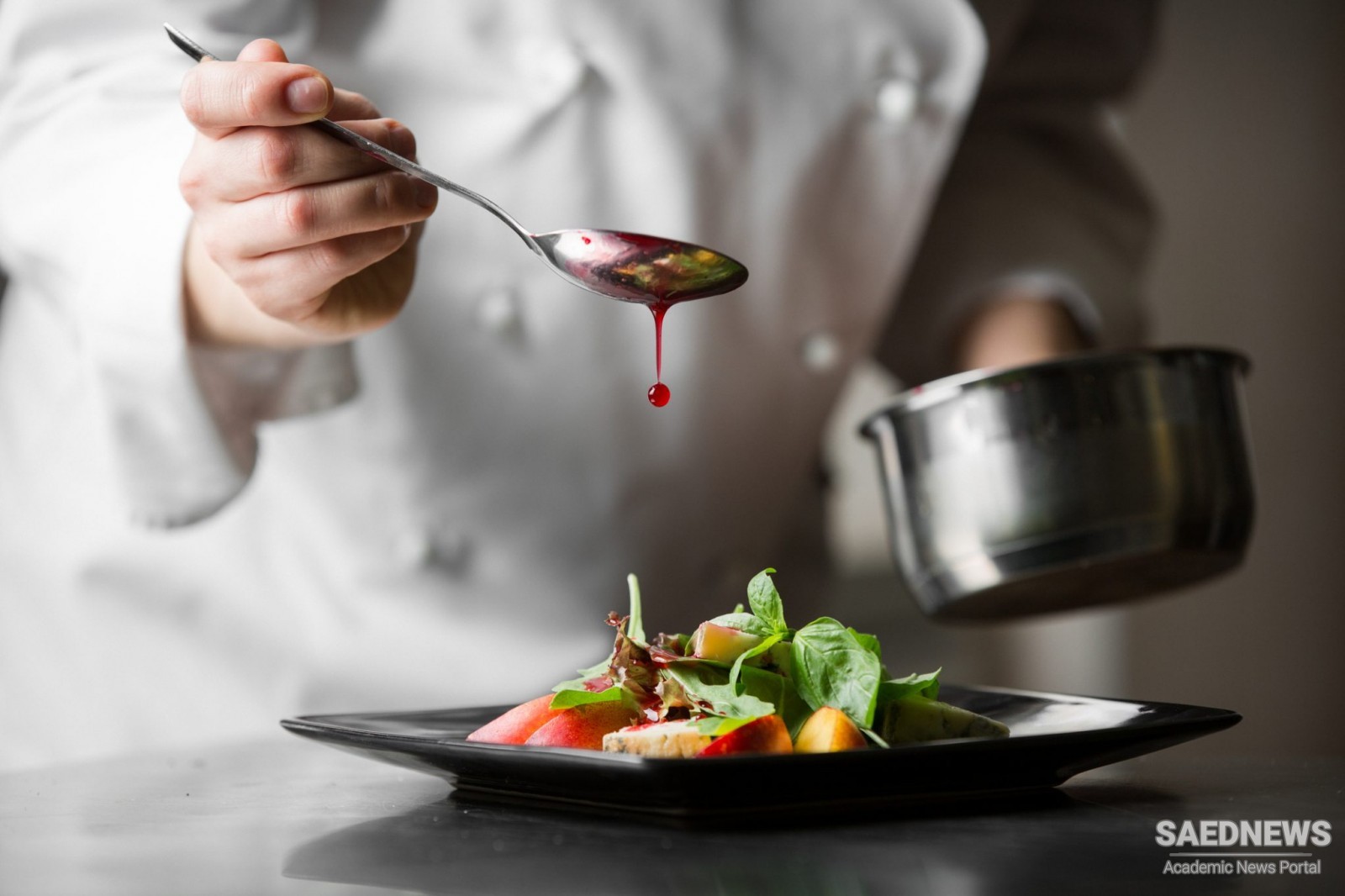The distinctive properties of food dictate both a need for collective control and a desire for collective experience. If every product implies a consumer, food requires the consumer with an insistence that sets food apart from other goods. Moreover, the consumption of a culinary product requires its destruction. Once presented to the consumer, the culinary product itself, meal or dish, cannot be saved, stored, or otherwise secured in the long term. As with the performing arts, cuisine offers less a product than an occasion for a particular kind of consumption experience. Like music, to which cuisine is so often compared, the culinary experience is ephemeral. The sensual, corporeal urgency of the culinary experience offers both opportunities and constraints—opportunity in the very immediacy of that experience and in the direct, palpable connection to the individual; constraint in that same direct connection. The more immediate the experience, the more individual, the more private, and the less amenable that experience is to control or to collective construction. The materiality and ephemerality that make eating the ultimate private, fleeting experience demand strategies of a different order to reach the necessary public. Those strategies lead to formalization: first, the imposition of form to regulate the individual appetite, and second, the intellectualization and aestheticization that counter the materiality and ephemerality of food and make a private experience part of a public order. Whereas food calls for eaters, a culinary culture contends with a different sort of consumer, the reader-diners whose consumption of texts rivals their ingestion of food. Reading and evaluating, like eating and cooking, are so many “taste acts” by which individuals “perform” their connections to a taste community. That participation in turn—the culinary practices, norms, and values that derive from and support the cuisine in question—sets us in a culinary culture.


 Food and Human Integration with Outside World
Food and Human Integration with Outside World














































